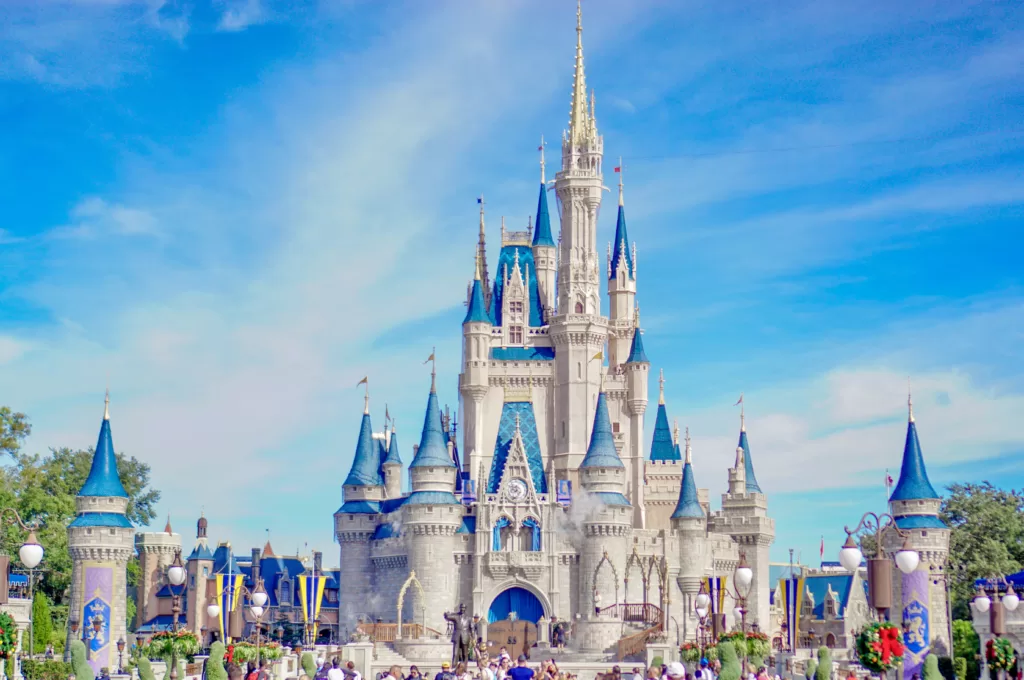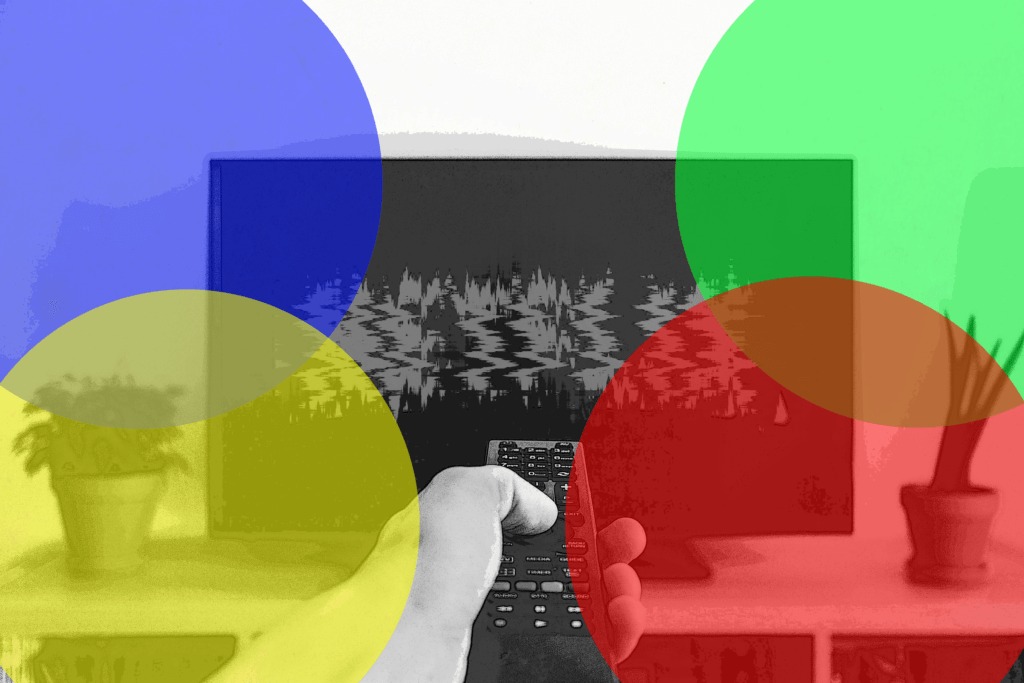The company has survived by balancing its wholesome, family-oriented image with hard-nosed business strategies.
 Disney cultivates generations of consumers through an association with magic and innocence, but behind the facade it’s all about business. : Younho Choo (Unsplash) Unsplash license
Disney cultivates generations of consumers through an association with magic and innocence, but behind the facade it’s all about business. : Younho Choo (Unsplash) Unsplash license
The company has survived by balancing its wholesome, family-oriented image with hard-nosed business strategies.
The Walt Disney Company’s hundred-year journey from upstart cartoon studio to global media powerhouse reveals important insights into its capacity to shape culture, maintain relevance and navigate an ever-evolving entertainment landscape.
As the company embarks on its second century, it’s crucial for consumers to see the conglomerate for what it truly is, beyond the enchantment it offers, and to consider its implications for society and the entertainment industry.
From its origins in innovative animated filmmaking, it evolved broadly into children’s entertainment and survived the passing of founder Walt Disney, while showing remarkable resilience as television and later digital streaming revolutionised entertainment.
Disney’s longevity and global influence can be attributed to a simple but effective strategy: a commitment to cultivating lifelong consumers.
Walt Disney’s vision of capturing “the child in all of us, whether we be six or sixty” remains central to the company’s philosophy, transcending sentimentality to become a fundamental business principle.
Walt Disney once described his work not as art, but as “show business, the business of building entertainment”. True to its founder’s word, the company has become perhaps one of the most effective businesses on the planet, and it has done so while generating an abundance of goodwill and public trust.
The quest to capture “everyone” has long been at the heart of Disney’s response to cultural changes. For most of its history, Disney has made content that it feels is relatively neutral, occupying a safe cultural space between conservative and progressive.
But as it nears 100, Disney’s tactics have begun to shift, as witnessed in its approach to the US culture wars.
Disney has long been seen, for better or worse, as a purveyor of magic and innocence, a reputation intentionally built since its early days.
Walt Disney consistently emphasised the importance of offering family entertainment and was uneasy about the notion of children attending films without parental supervision. Consequently, Disney’s content fosters a sense of intergenerational connection.
Thanks to this marketing strategy and the company’s enduring connection to childhood and nostalgia, Disney consistently scores the highest brand intimacy of any company in any industry.
Targeting each new generation across lifespans – from womb to tomb – the company ensures that its magical image permeates every age.
Especially in the US and the UK, Disney’s reach is nearly inescapable. Consumers can’t even go to a grocery store without finding Disney characters on products such as bananas and cheese.
There are also areas in which Disney operates with little consumer awareness. Through its ownership of more than 200 companies (including Marvel Entertainment, 21st Century Fox and ESPN), many of which carry no overt Disney branding, Disney subtly weaves its influence into the daily lives of millions.
These diverse holdings further enable Disney to engage with consumers across lifespans. As soon as a baby is born, it can be put into clothes sold by Disney. Toddlers can watch shows aimed at the youngest viewers (Doc McStuffins, Bluey, Mickey Mouse Clubhouse, Spidey and His Amazing Friends) and play with a seemingly endless array of Disney toys.
Children of all ages, of course, are encouraged to watch Disney’s and Pixar’s animated films. For tweens, there is Disney Channel programming (High School Musical, Descendants, The Owl House) and Hyperion Books (publisher of the worldwide phenomenon that is the Percy Jackson series).
Through franchises such as the Marvel superheroes and Star Wars, Disney follows its audience as they grow up. Adults (especially Disney adults) can enjoy all of this content and are also catered to in Disney Parks (which have more adult visitors than children), Disney’s Broadway productions, movies from Touchstone Pictures and educational material from National Geographic and the History Channel.
Disney content is also designed for passing down from one generation to the next. This strategy of transgenerational media encourages parents to share their media experiences with their children.
Perhaps the most visible way Disney encourages the connection between generations is with its theme parks, beginning with the opening of Disneyland in 1955 in California.
Some have likened family visits to the parks to religious pilgrimages or rites of passage. Generations of adults have brought their children to the parks, and those children have grown into adults who in turn bring their children, and the cycle continues.
But cultural change has once again forced Disney to adapt in order to survive.
The company’s confrontation with the state of Florida in 2022 revealed a significant shift: although Disney is one of the largest employers of LGBTQ people in Florida, when Republicans in the state legislature first proposed the so-called “Don’t Say Gay” Bill – which would directly affect Disney cast members and their families by banning any reference to sexual orientation or gender identity in lower school grades – Disney not only did nothing, but it was quickly revealed the company had financially supported one of the main backers of the bill.
Following criticism of its silence, Disney very publicly spoke out against the Bill, taking a divisive political stance for perhaps the first time in its history. The move, aimed at safeguarding its reputation, underscores the intricate balancing act Disney performs: maintaining an image as a wholesome, family-oriented media creator while adapting as a competitive, ever-evolving business.
The moral of the story, if one can be found, is that Disney has weaponised its association with childhood to build one of the largest conglomerates in the world.
Sometimes it uses that power for good, such as in its defence of LGBTQ people and communities in Florida. Other times it uses its power to directly attack anyone who tries to use Disney’s intellectual property – or does nothing (as it first tried to do in Florida).
If, as Spider-Man’s Uncle Ben tells us, with great power comes great responsibility, Disney has the capability to do so much with the goodwill it has garnered and the business acumen it has generated.
It spent a hundred years developing one of the best marketing strategies in the world; maybe it will spend the next hundred using it to make the world a better place.
Rebecca Rowe is an assistant professor of children’s literature at Texas A&M University-Commerce and editor of the International Journal of Disney Studies. Her research focuses on the concepts of childhood and adulthood, especially the relationship between children’s media and adult fans.
Originally published under Creative Commons by 360info™.







